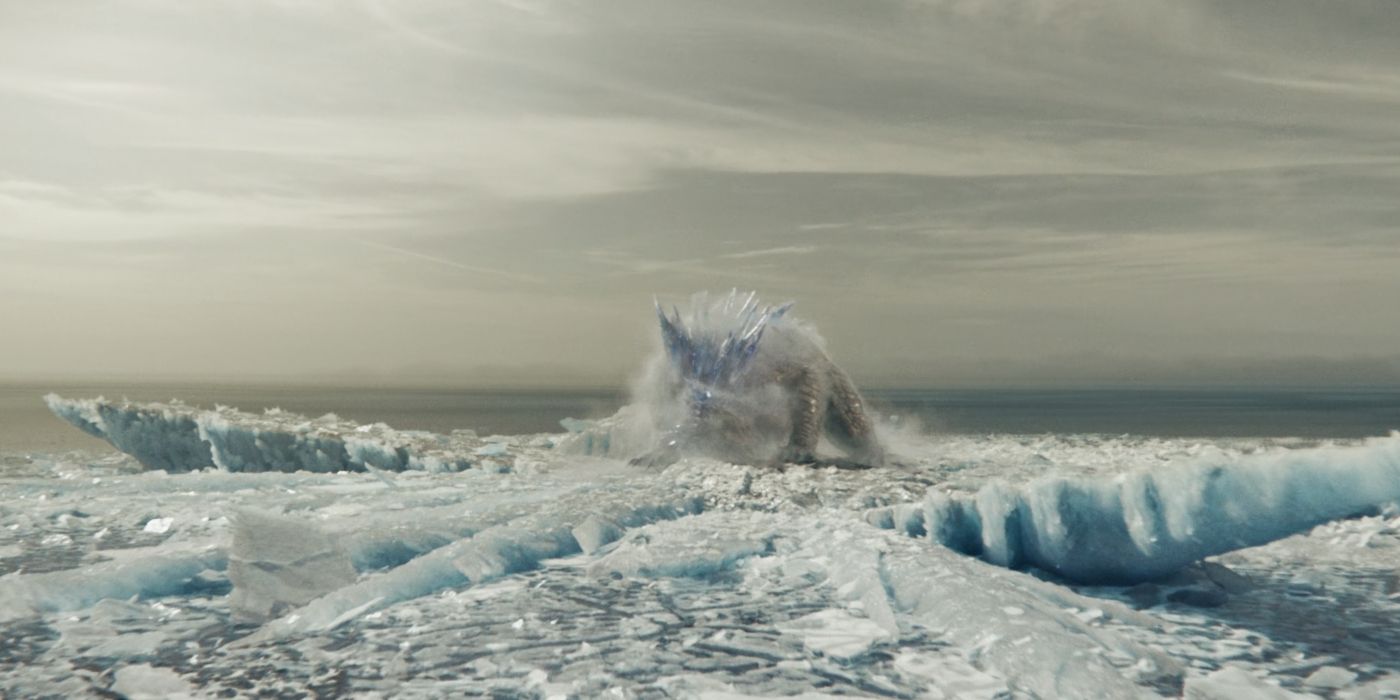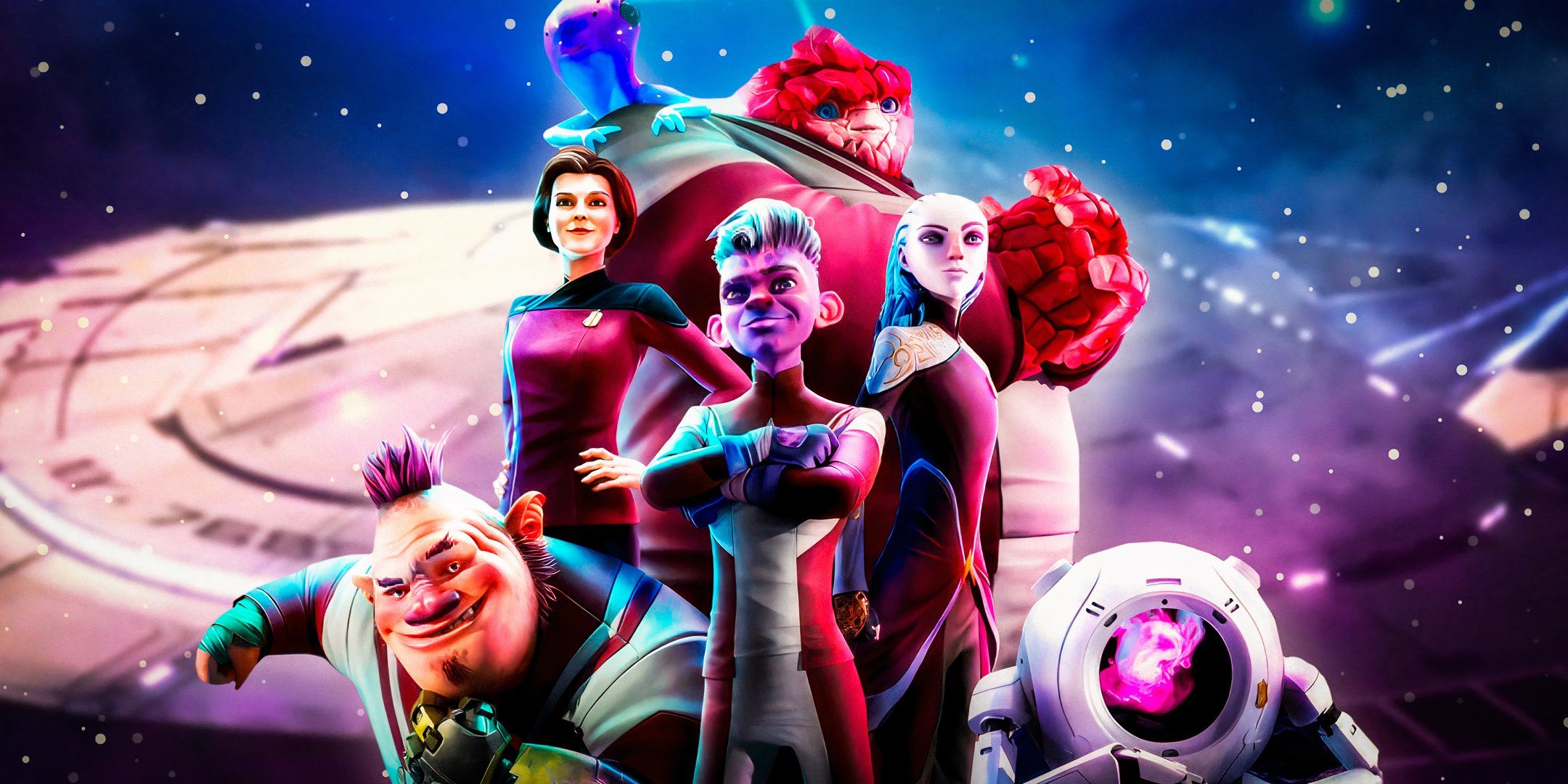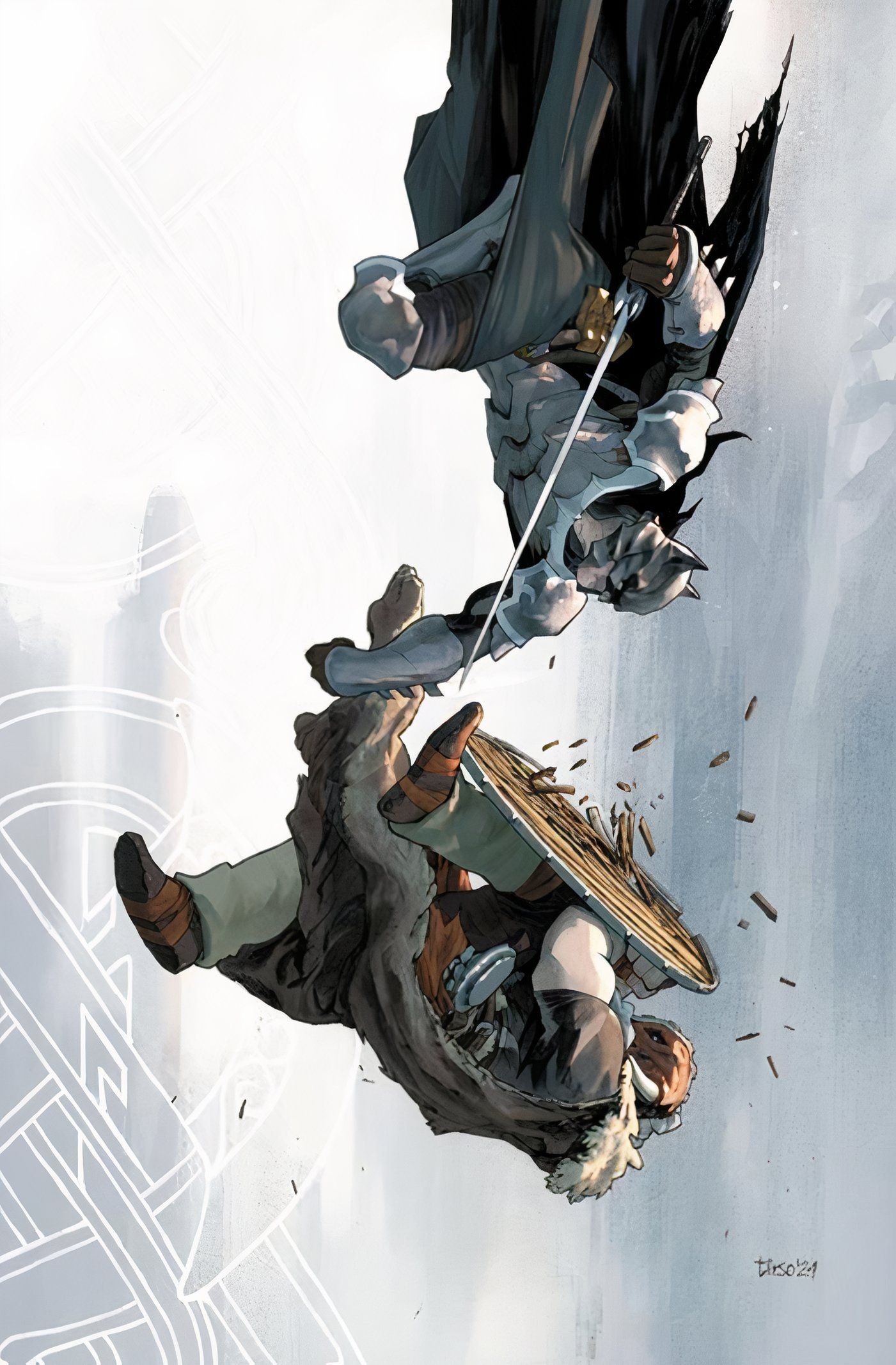A standout horror film is more than the sum of its plot, characters, and script. As a genre, horror is reliant on elements of atmosphere to seal the deal for viewers, absorbing them into an isolation where their deepest fears can teach them about the human condition.
Through music and disturbing writing, horror gets viewers in its grasp, but it is the lighting, filters, setting, and styling that bring the characters off the page and make them real to audience members. To fear for a real person, even a caricatured one, is a strange experience of cinema. Horror is in the unique position of crafting terror into something beautiful, and is all the more terrifying because of it.
The Wicker Man (1973)
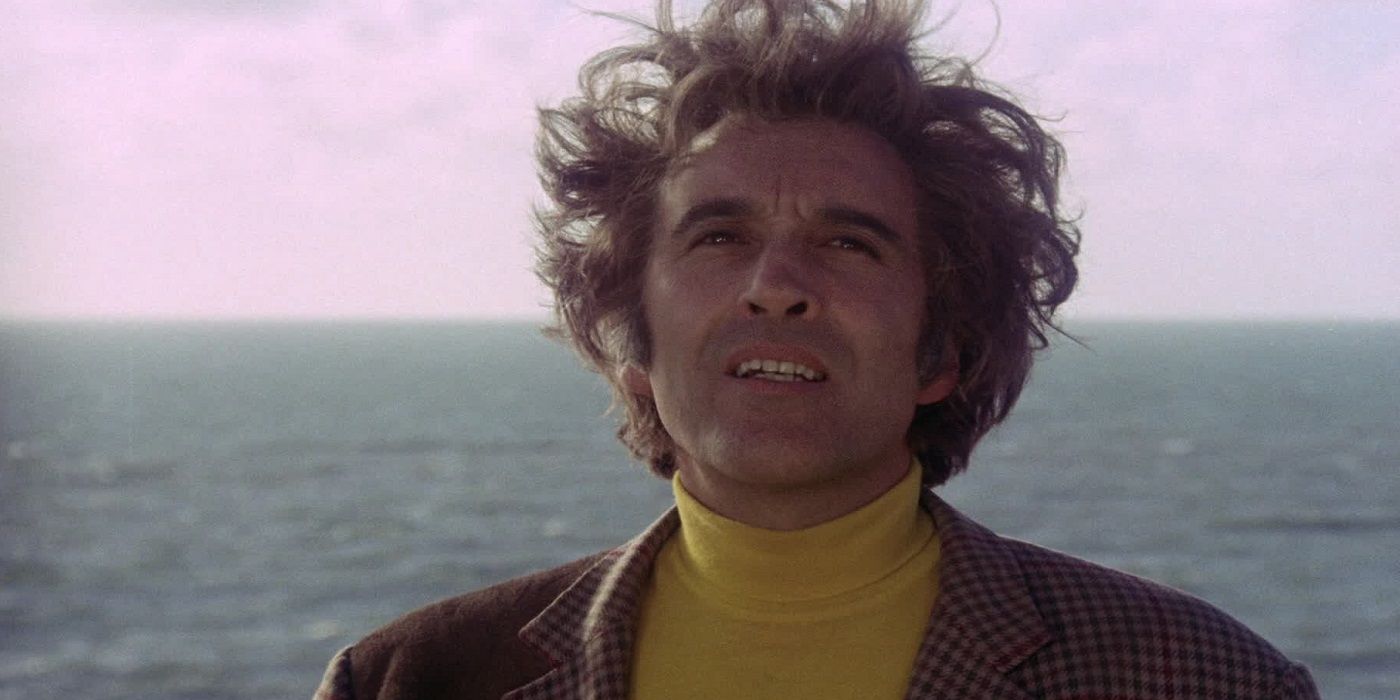
The classic The Wicker Man—which spawned a 2006 remake starring Nicolas Cage—was directed by Robin Hardy and featured a dreamy Irish landscape and a community lost in time. Once the viewer moves past the cult vibe creeps, the placid isle may seem like an aspirational vacation spot.
But though things may not reach Midsommar-level body horror, The Wicker Man invokes a supernatural covenant with its viewer and keeps them spellbound until its mystery finally comes to a head.
Suspiria (1977)
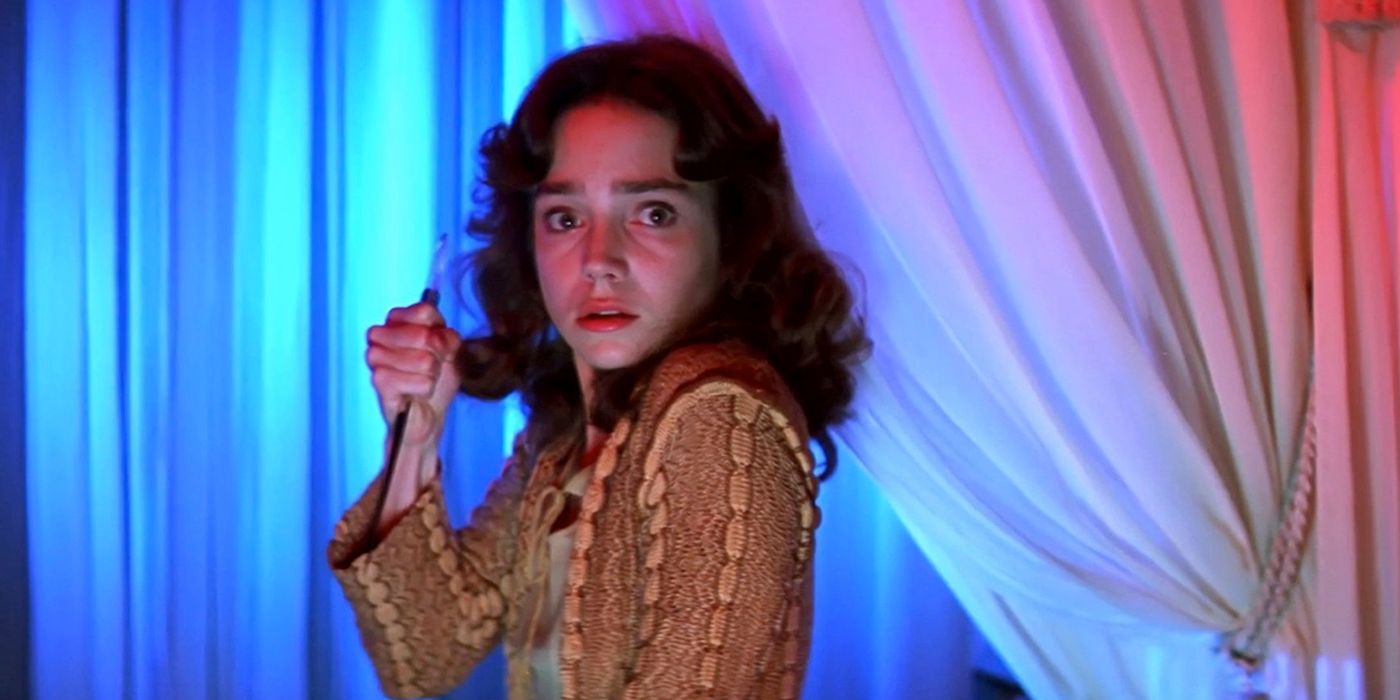
Dario Argento crafted Suspiria using an unknowable, almost-mystic visual palette which brings viewers into the state of confusion and distrust reinforced by the film’s central eerie German ballet school with a dark secret.
The lighting is most notable when it hits its deepest and most nightmarish red and blue, combining into a ghostly purple or dissipating into scenes that typically result in a bloodbath, either metaphorically or literally. Its meticulous styling and bizarre plot leave viewers in a daze, making Suspiria a classic horror films that still holds up after multiple viewings.
Don’t Look Now (1973)
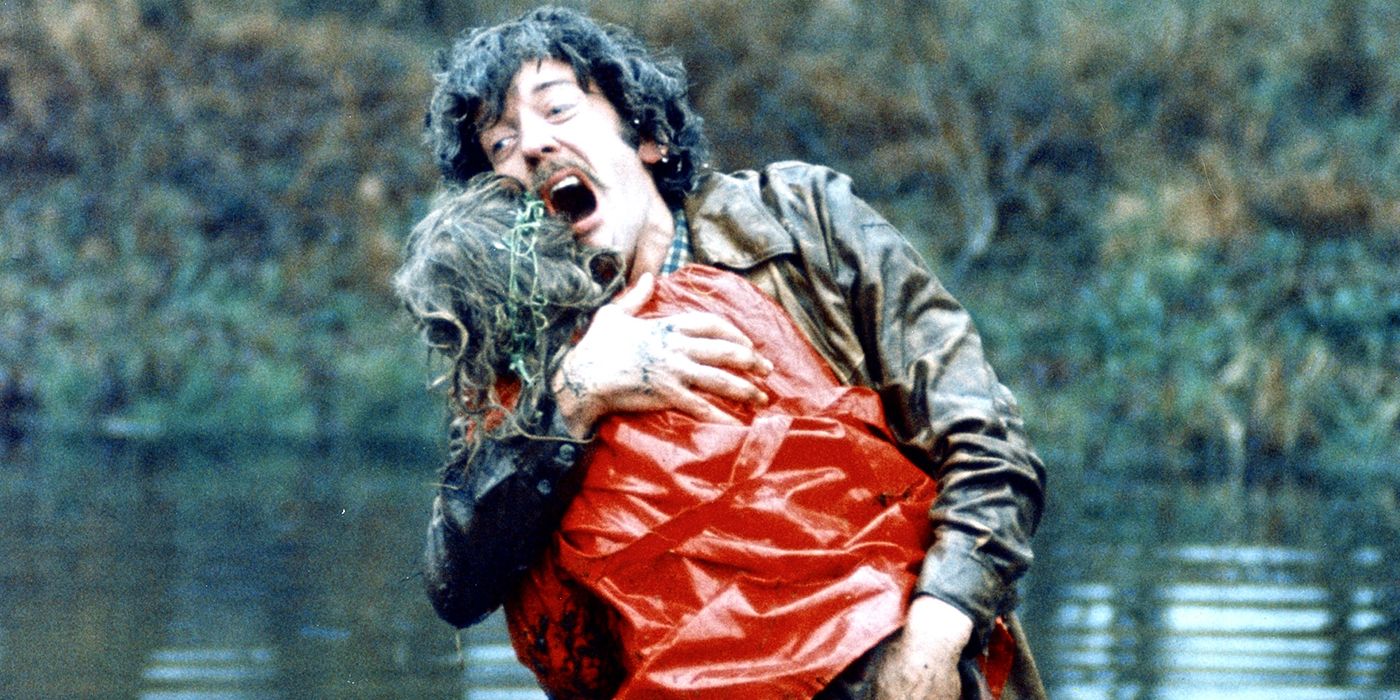
Arguably Nicolas Roeg’s most enduring work, Don’t Look Now is the devastating story of a family’s loss and the labyrinthine Venice canals. Before reaching its stunning setting, the film establishes its dark visual tone in its central family’s home in England. When their daughter Christine drowns in their pond, they relocate to Venice, where her father begins seeing her red raincoat as a recurring motif throughout the dizzying city.
Along with the presence of three witchy older Venetian women who befriend his wife, the leading man, played to paranoid perfection by Donald Sutherland, begins to search manically for his deceased daughter. Roeg, a master of visual parallelism and multiple meanings, keeps the audience entranced with beautiful moving shots and sudden, grotesque interludes that create an aesthetic that both chills and excites.
The Shining (1980)

The Shining is one of the best classic horror movies, according to Ranker. Director Stanley Kubrick crafted an immaculate aesthetic in his masterwork that balances an idyllic hotel with the bleak winter driving its residents toward madness. In nearly every shot the film portrays its characters’ psychological state, utilizing overstimulating carpet patterns, doubles, and chaotic designs or brightly colored walls to raise the visual stakes in every scene.
When the film reaches its breaking point, the busy images dissolve into a snow-dusted world and a near-silent hedge maze. The abrupt change in The Shining‘s visual language mirrors the characters’ loss of selfhood as they become absorbed by the psychological torment that occurred in the supposedly empty hotel and meet their premonitions head-on in the form of its ghostly guests.
Poltergeist (1982)
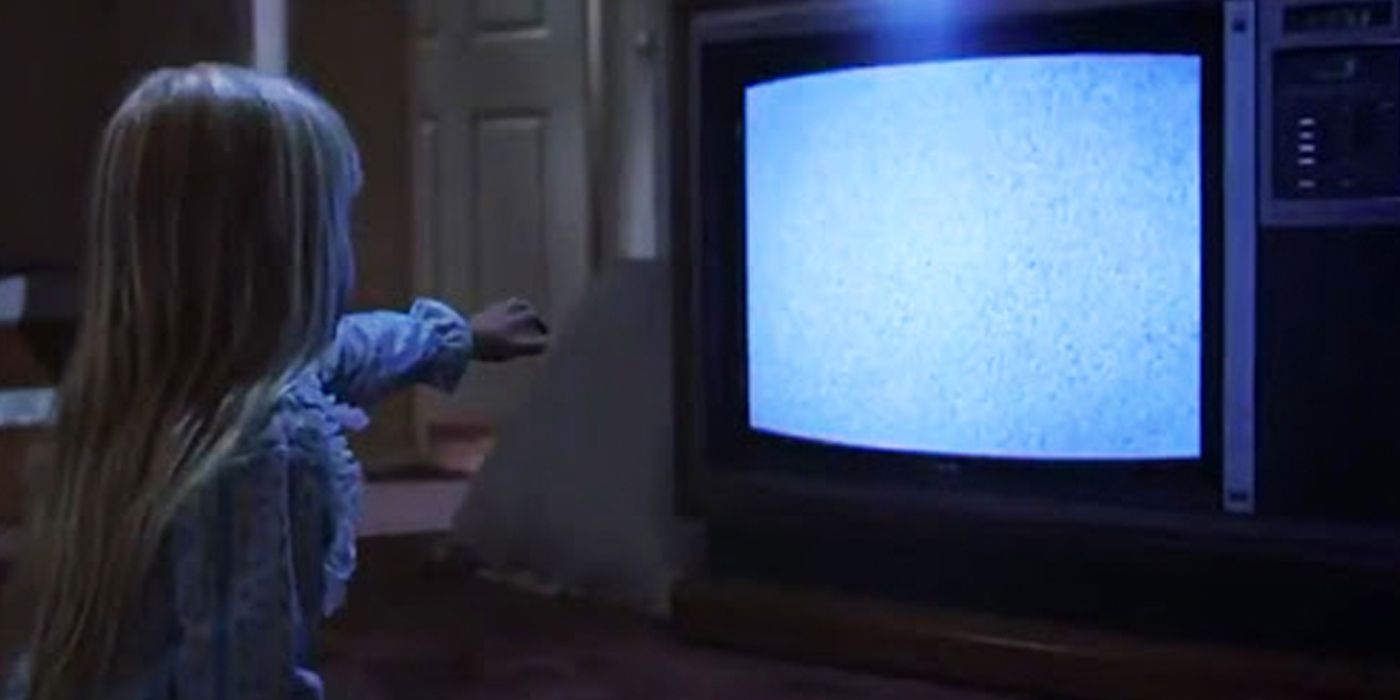
Though this family’s home was built on top of a graveyard, their quintessential ’80s fashion and otherworldly television specters make this film a can’t miss on an aesthetic admirer’s watch list. Poltergeist takes place in a suburb where all seems well, a typical jumping-off point for family-focused horror.
The film’s crisp interior sets and strange portals seem to go hand in hand, just as the film often balances its supernatural horror with moments of humor, physical gags, and goo.
Hellraiser (1987)
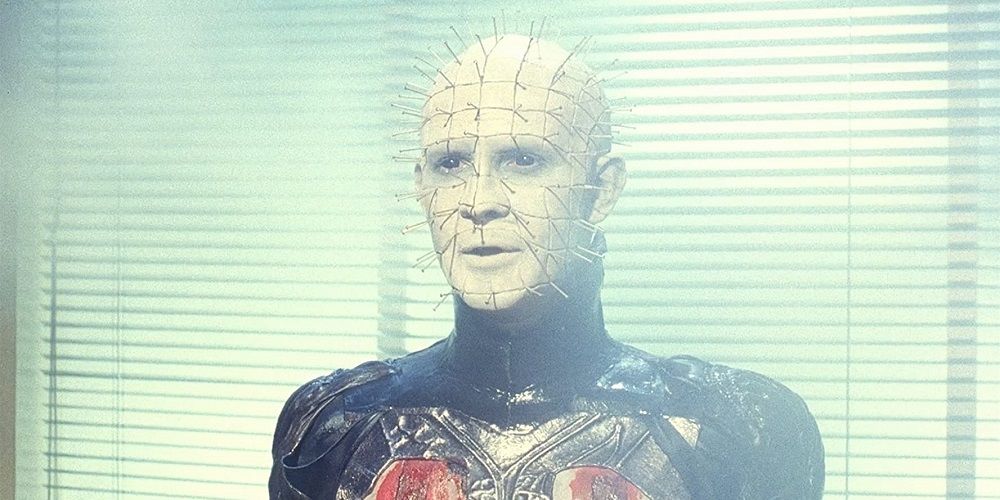
Master of horror Clive Barker—director of the original Candyman which inspired newly minted horror auteur Jordan Peele’s 2021 remake —crafted an entirely new visual language for internal afflictions through the Hellraiser series. Frank is an unsatisfied sadomasochist who accidentally pursued his earthly pleasures beyond this life, getting mixed up with another dimension’s psychical opportunists.
The film series is likely most recognizable for its lead Cenobite, Pinhead, whose head has pins geometrically inserted as a route toward pleasurable pain. His cohort is the warning against pursuing such avenues since they no longer see a difference between suffering and enjoying physical experiences, making Hellraiser a philosophical piece that reinvented the aesthetics of horror through its strangely beautiful visualization of pain.
Vertigo (1958)
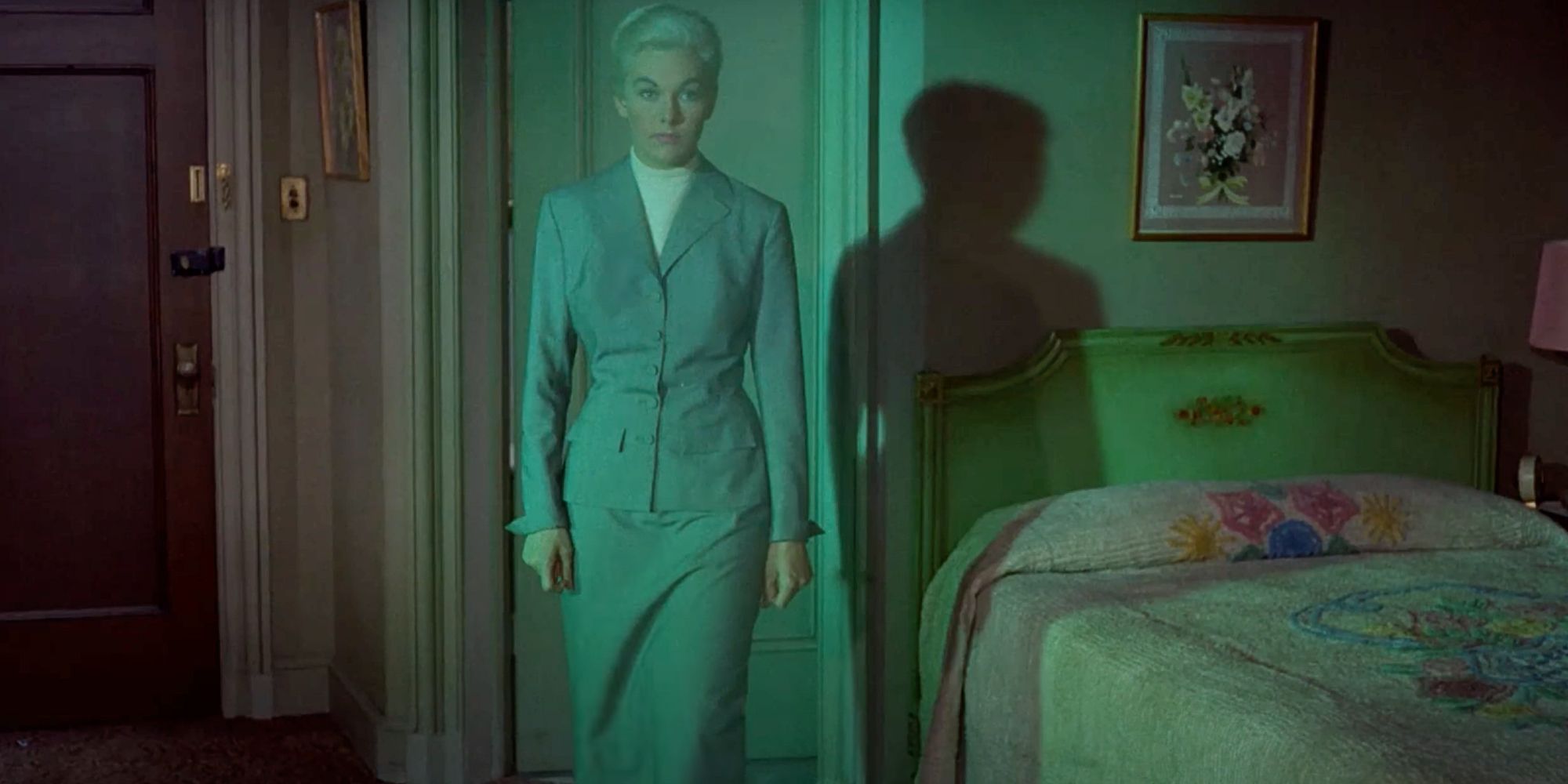
Alfred Hitchcock’s skill for visually innovative filmmaking is never clearer than in Vertigo, his San Fransisco-based mystery that transitions into the auteur’s signature style of horror. Vertigo is likely best known for its dazzling effects and reinventions of camerawork—such as creating a movement called the “Vertigo Effect,” or the action of a camera dolly moving toward its subject while the camera itself zooms out, or vice versa, per The New York Times.
Besides Hitchcock’s inventive camera work, it is his use of color—particularly an eerie green and blood red lighting and costuming palette—which give the film its unforgettable aesthetic fingerprint, and it’s one of the many reasons why the film Vertigo still holds up today.
28 Days Later (2003)
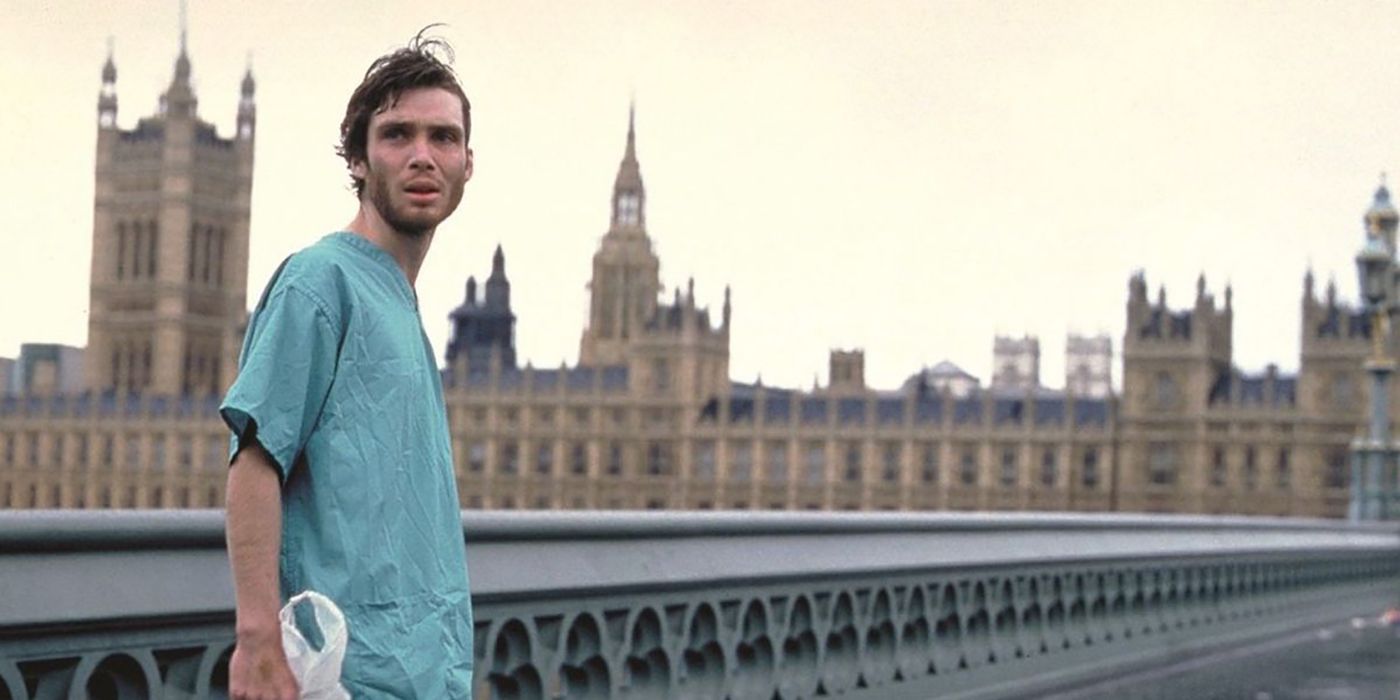
28 Days Later is a film that stuns with the mass scale of its devastation and the deeply developed characters that audiences hold onto as they venture through a zombie-filled wasteland. The beginning of the film features an abandoned London, with toppled buses and uncannily smiling billboard faces watching over an empty metropolis.
Director Danny Boyle chose crystal clear close-ups and steady cam shots to follow the characters throughout the nuances of their experiences, as their emotional lives switch between hopeless and hopeful with every coming scene. The vast emptiness of a devastated city and an uncomfortably quiet English countryside contrast with the director’s intimacy with his characters, casting them and his viewer in the role of eternal outsider.
The Texas Chain Saw Massacre (1974)
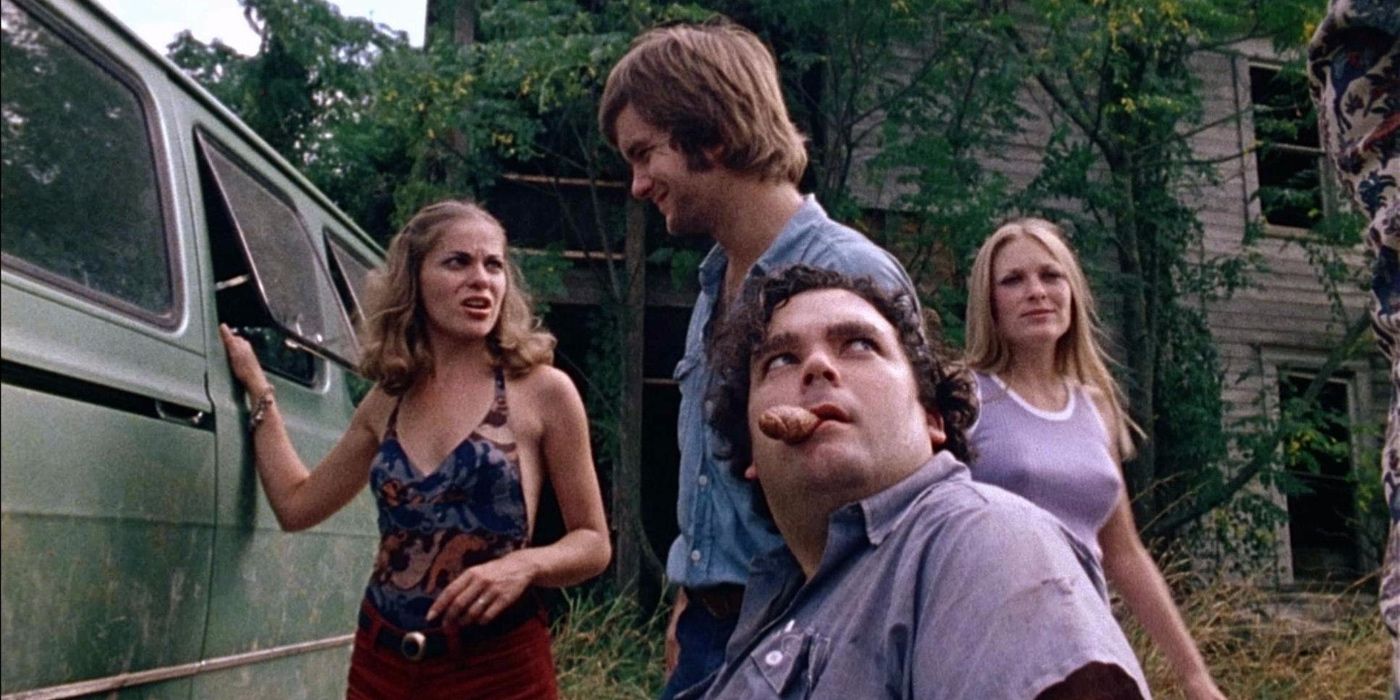
The Texas Chain Saw Massacre established a blueprint for horror films that would seek to emulate the mid-’70s aesthetic for decades to come. The film’s idyllic country setting and characters’ laid-back attitudes are interrupted when a hitchhiker with a strange energy joins the central group as they drive from a graveyard to a family estate.
Despite the B-level horror and low-budget, Texas Chain Saw Massacre set industry-defining tropes and visual standards of suspense and atmosphere that stay with the viewer long after the credits roll. And since Texas Chain Saw Massacre‘s 2022 remake was instantly forgotten by the media at large, the original will continue to reign supreme.
The Cell (2000)
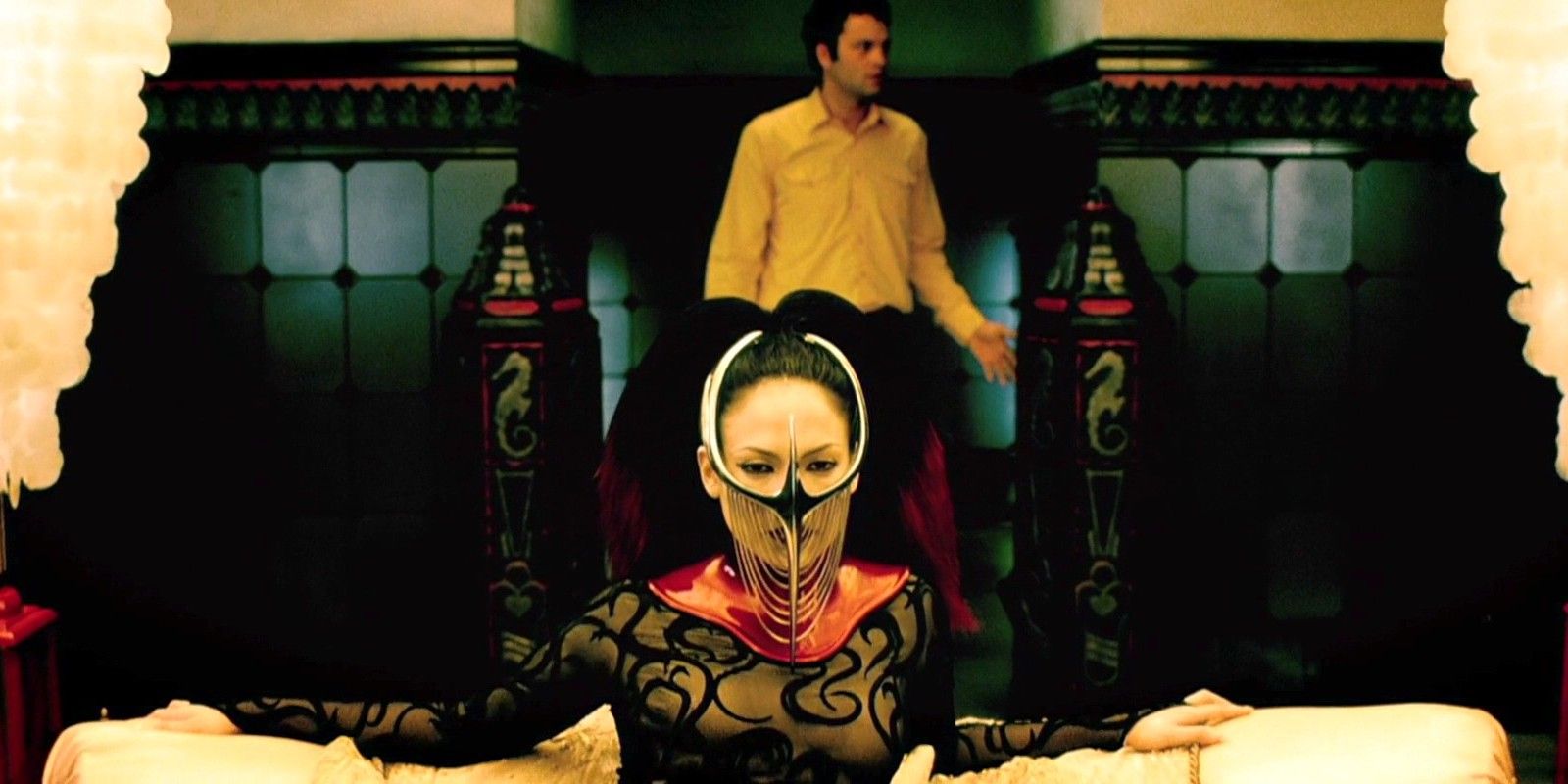
With hot red body suits, plenty of macro shots, and hyper-stylized lighting, The Cell earns the title of a mainstream art house movie. With a plot that feels akin to that of The Matrix series or Inception, The Cell takes technology and dream tripping to new levels as Jennifer Lopez’s character, a child psychologist, enters comatose minds in order to understand the human psyche.
Things go off course when the protagonist is challenged to enter the mind of a serial killer in order to locate his living victims. Though The Cell got mixed reviews, its unreal body modification, nightmarish visuals, and breathtaking costume design stretch the mind in new and innovative directions, which is one of the horror genre’s pillar goals.
